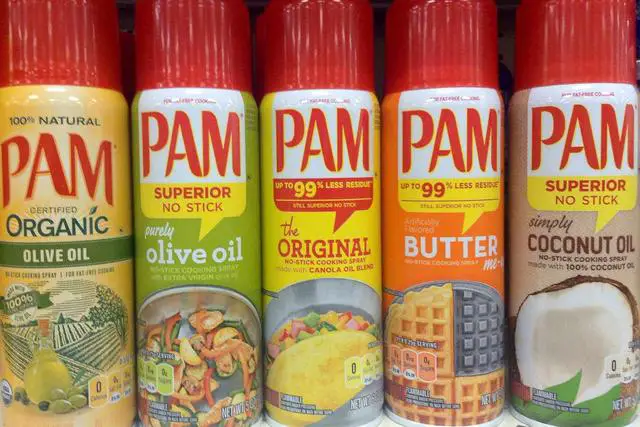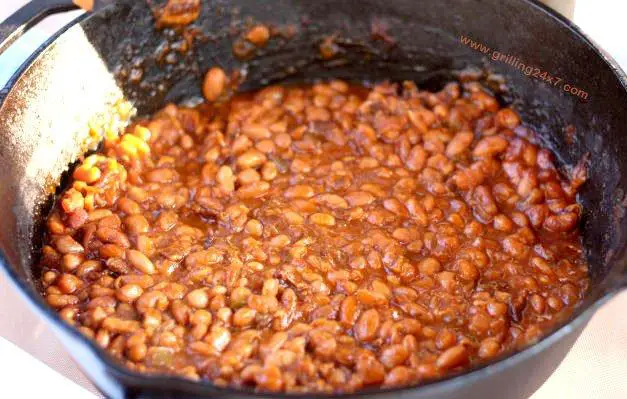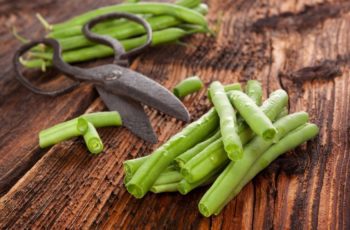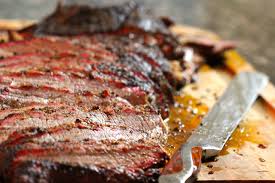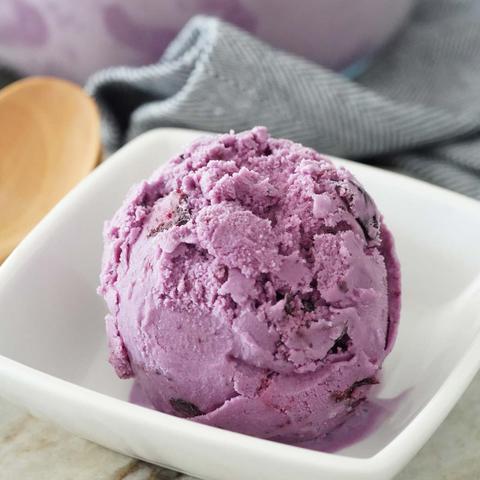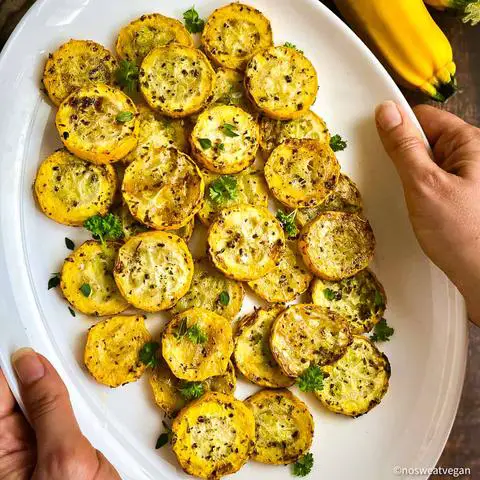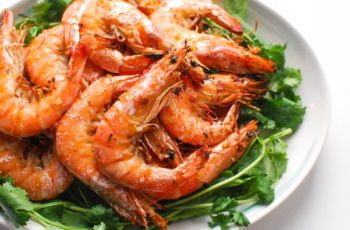
When it comes to seafood, most people know that shrimp is a healthy and delicious choice. But what about the shells? Can you eat shrimp shells, or are they best thrown away? In this blog post, we’ll explore the answer to that question and provide some tips on how to make the most of every shrimp. Stay tuned!

What Are Shrimp Shells Made Of?
Shrimp shells are made up of protein and chitin. Chitin is a type of carbohydrate that is found in the exoskeletons of many animals, including shrimp, crabs, and lobsters. It’s also found in the cell walls of fungi. Chitin is a tough and flexible material that helps protect shrimp from predators and harsh environments.
The majority of shrimp shells are composed of two parts: the exoskeleton and the endoskeleton. The exoskeleton is the hard outer shell that covers the shrimp’s body. The endoskeleton is made up of smaller, more delicate bones that are located inside the shrimp’s body. Together, these two parts make up the shrimp’s complete skeleton.
While you can technically eat shrimp shells, they’re not particularly appetizing. They’re often tough and chewy, and they can be difficult to digest. For these reasons, it’s generally best to remove the shells before eating shrimp. If you do choose to eat them, however, there are a few things you should keep in mind.
When it comes to nutrition, shrimp shells are a good source of protein and chitin. Chitin has been shown to have several health benefits, including aiding in weight loss and reducing inflammation. However, because shrimp shells are also high in cholesterol, you should eat them in moderation if you are concerned about your cholesterol levels.
Related >> Best Korean BBQ Grills
Can you eat shrimp shells?
The answer is yes, you can eat shrimp shells! In fact, shrimp shells are a good source of calcium and other nutrients. They’re also low in calories and fat, making them a healthy option for those watching their weight. However, eating shrimp shells is not for everyone.
Some people may find them hard to digest or simply don’t like the taste. If you’re unsure about whether or not you want to eat shrimp shells, we suggest trying a small amount first to see how your body reacts.
If you do decide to eat shrimp shells, there are a few things to keep in mind. First, make sure that they’re cooked thoroughly. Shrimp shells should be pink when they’re cooked all the way through. Avoid eating shrimp that are still gray or translucent, as this can indicate that they’re not cooked properly and may cause food poisoning.
Once you’ve determined that the shrimp shells are cooked, you can start incorporating them into your diet. One way to do this is to add them to soups or stews for added flavor and nutrition. You can also grind them up and use them as a seasoning for other dishes like vegetables or rice. If you want to get creative, you can even use shrimp shells to make your own homemade shrimp chips!
Related >> Best Offset Smokers
Nutritional benefits of shrimp shells:
-A good source of calcium
-Low in calories and fat
-Contain other nutrients like phosphorus, magnesium, and iodine
Related >> Best Charcoal Smokers
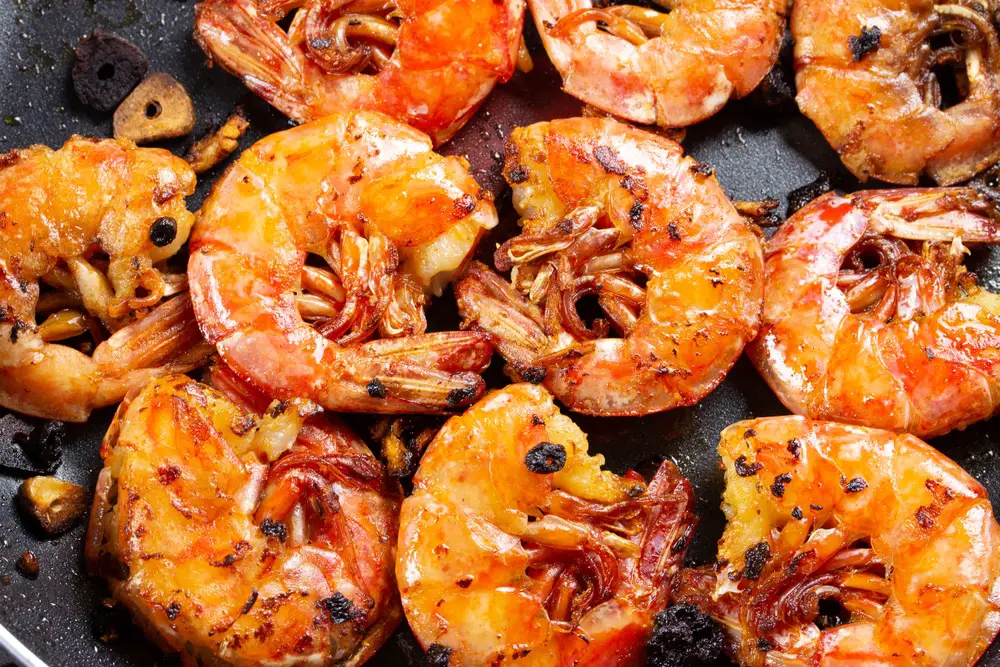
The Flavor Of Shrimp Shells
Shrimp shells have a slightly salty taste and a firm, crunchy texture. They can be eaten on their own or used to add flavor and nutrition to soups, stews, and other dishes. If you’re not a fan of the taste of shrimp shells, you can always grind them up and use them as a seasoning instead.
Popular Ways To Cook Shrimp Shells
There are many different ways to cook shrimp shells. One popular method is to simmer them in water or broth to make a flavorful “shrimp stock” that can be used in soups and other dishes.
You can also roast shrimp shells in the oven and then use them to season vegetables or rice.
If you want to get creative, you can even deep-fry shrimp shells and use them as a crunchy topping for salads or snacks.
Homemade Shrimp Chips Recipe
Ingredients:
-1 cup shrimp shells
-1/2 cup tapioca flour
-1/4 teaspoon salt
-1/4 teaspoon baking powder
-1 egg
-1 tablespoon olive oil
-3/4 cup water
Instructions:
- Preheat the oven to 375 degrees Fahrenheit. Line a baking sheet with parchment paper.
- In a food processor, combine shrimp shells, tapioca flour, salt, and baking powder. Pulse until the mixture resembles coarse sand.
- In a bowl, whisk together egg and olive oil. Add water and whisk to combine. Pour wet ingredients into the food processor and pulse until everything is well combined.
- Scoop dough onto the prepared baking sheet and use a fork to press it into an even layer. Bake for 15-20 minutes, or until the chips are golden brown and crispy. Enjoy!
Potential Health Issues of eating shrimp shells:
Shrimp shells may cause digestive issues for some people. If you’re unsure about whether or not your body can handle shrimp shells, it’s best to start with a small amount and see how you react. Some people may also be allergic to shrimp, so it’s important to know your allergy status before consuming shrimp or shrimp products. Lastly, eating raw shrimp can increase your risk of food poisoning, so make sure that the shrimp shells you eat are cooked thoroughly.
FAQs
Should You Remove The Shrimp Shells Before Cooking?
It’s not necessary to remove the shrimp shells before cooking, but it’s often done for aesthetic reasons. If you’re keeping the shells on, make sure to devein the shrimp first by cutting along the back and removing the black “vein.” This can be done with a sharp knife or kitchen scissors.
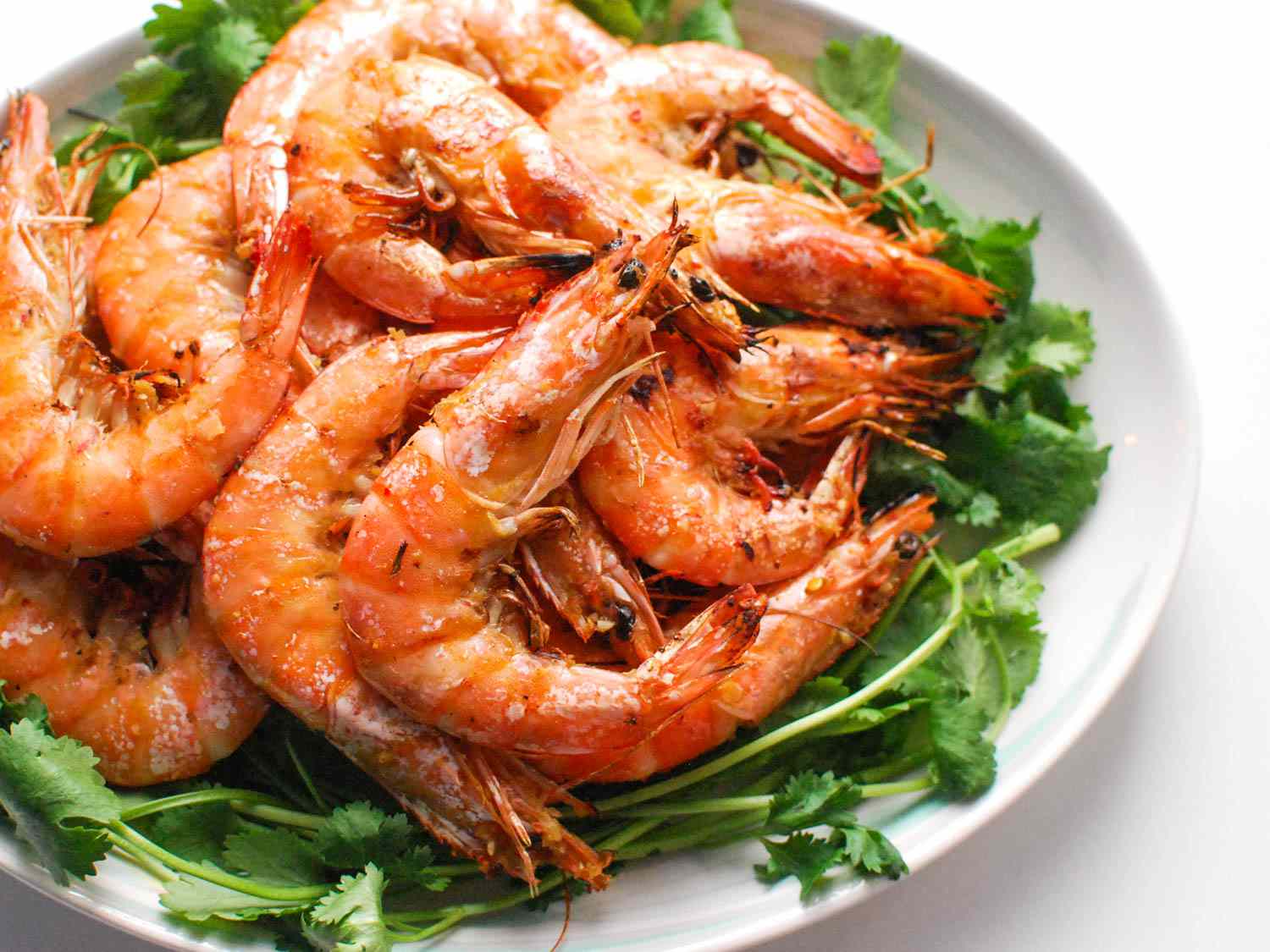
Can You Eat Shrimp Shells If You’re Allergic To Shellfish?
If you have an allergy to shellfish, it’s best to avoid eating shrimp shells. Some people who are allergic to shellfish may also be allergic to shrimp, so it’s important to know your allergy status before consuming any seafood products. If you’re unsure about whether or not you’re allergic to shrimp, it’s best to consult with a doctor or allergist.
Do Shrimp Shells Contain Cholesterol?
Yes, shrimp shells do contain cholesterol. However, the amount of cholesterol in shrimp is relatively low compared to other animal products. For example, a 3-ounce serving of shrimp contains about 75 milligrams of cholesterol, while the same serving size of beef contains about twice
Are Shrimp Tails Edible?
Yes, shrimp tails are edible. In fact, many people prefer to eat tails because they’re packed with flavor and nutrition. If you’re removing the tails before cooking, make sure to save them so you can use them in soups or other dishes.
How Many Shrimp Can I Eat Per Day?
There is no definitive answer to this question since it depends on factors like your age, gender, and activity level. However, most health experts recommend limiting seafood consumption to two servings per week. This means that if you eat shrimp for one meal, you should limit yourself to six shrimp per day.
Can you eat shrimp legs?
Yes, shrimp legs are edible. In fact, many people prefer to eat the legs because they’re packed with flavor and nutrition. If you’re removing the legs before cooking, make sure to save them so you can use them in soups or other dishes.
What is shrimp shell powder?
Shrimp shell powder is a type of flour made from ground shrimp shells. It’s often used as a natural source of protein, vitamins, and minerals. Shrimp shell powder can be added to soups, stews, sauces, and other dishes to boost their nutrition and flavor.
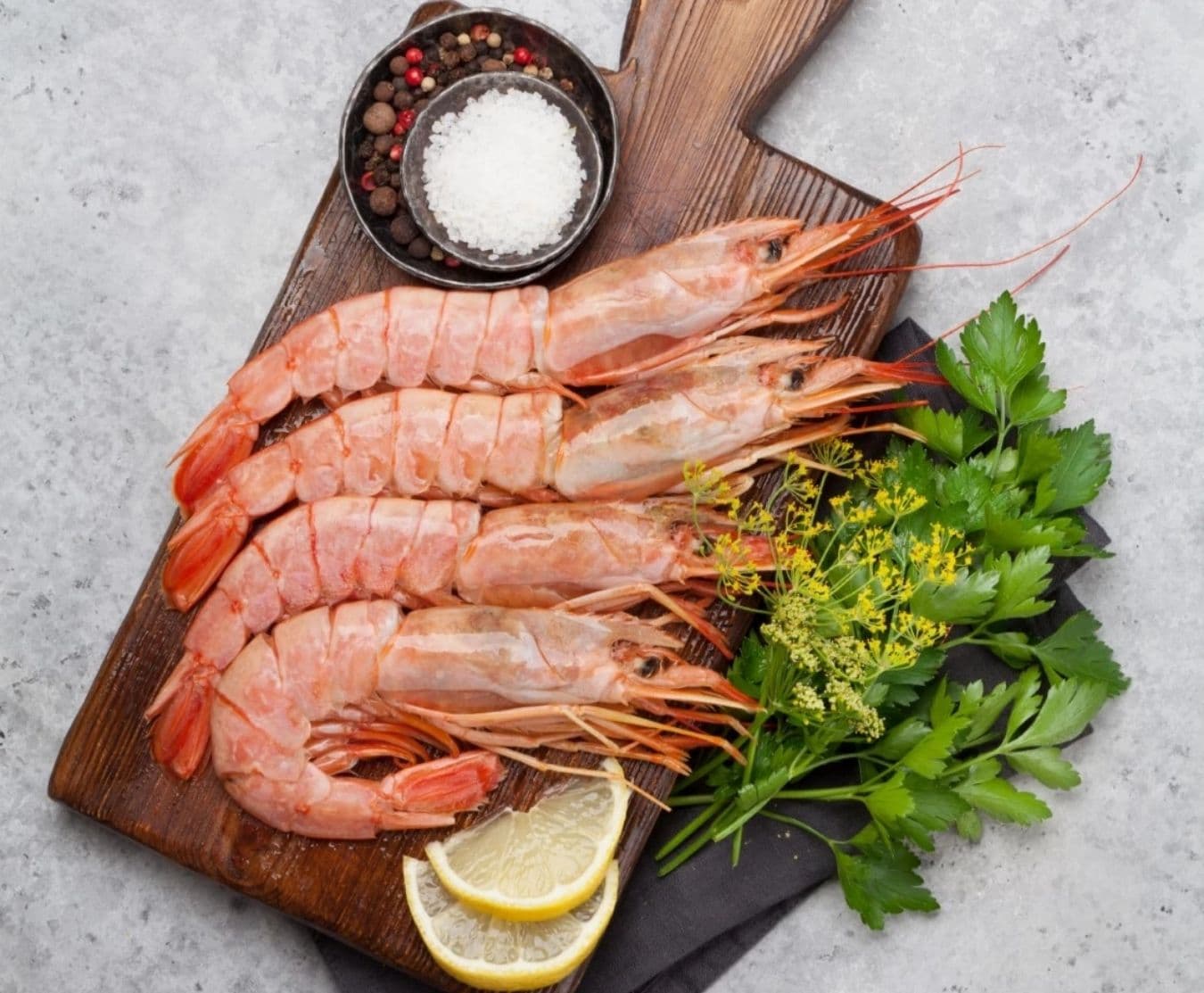
Can you eat shrimp veins?
Yes, shrimp veins are edible. In fact, many people prefer to eat the veins because they’re packed with flavor and nutrition. If you’re removing the veins before cooking, make sure to save them so you can use them in soups or other dishes.
Is shrimp healthy?
Yes, shrimp is healthy. It’s a good source of protein, vitamins, and minerals. Shrimp is also low in calories and fat. However, shrimp can be high in cholesterol, so it’s important to limit your consumption if you have high cholesterol levels.
Does it matter where the shrimp are caught or farmed?
Yes, it does matter where the shrimp are caught or farmed. Wild-caught shrimp is generally considered to be more sustainable and environmentally friendly than shrimp that’s been farmed. Farmed shrimp can also be higher in contaminants like mercury and pesticides.
Do you have to devein all shrimp?
No, you don’t have to devein all shrimp. Deveining is generally done for aesthetic reasons. However, it’s important to devein shrimp if you’re keeping the shells on because the vein can contain bacteria.
How to peel and devein shrimp?
If you’re peeling and deveining shrimp, start by removing the head and legs. Then, use your fingers to gently peel away the shell. To devein the shrimp, make a small cut along the back and remove the black “vein.” This can be done with a sharp knife or kitchen scissors.
What Is Shrimp Shell Powder?
Shrimp shell powder is a type of flour made from ground shrimp shells. It’s often used as a natural source of protein, vitamins, and minerals. Shrimp shell powder can be added to soups, stews, sauces, and other dishes to boost their nutrition and flavor.
Is Shrimp Good for Weight Loss?
Yes, shrimp is good for weight loss. It’s a low-calorie food that’s high in protein. Protein helps to promote fullness and can help you stick to your weight loss goals. Shrimp is also a good source of healthy omega-3 fatty acids, which have been shown to help reduce inflammation and promote weight loss.
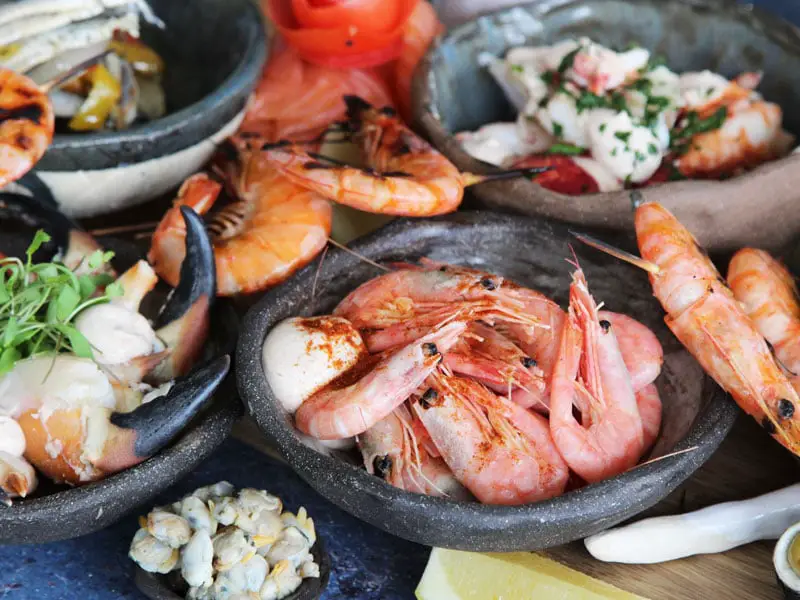
Can I Use Shrimp Shells In Place Of Oysters?
Yes, you can use shrimp shells in place of oysters. Shrimp shells are a good source of calcium and other minerals. They can also be used to add flavor and nutrition to soups, stews, sauces, and other dishes. However, shrimp shells should not be consumed raw because they may contain harmful bacteria.
Is It Possible To Get Too Much Arsenic From Shrimp Shells?
Yes, it’s possible to get too much arsenic from shrimp shells. Arsenic is a naturally occurring element that can be found in small amounts in shrimp shells. However, consuming large amounts of arsenic can be harmful to your health. If you’re concerned about your exposure to arsenic, talk to your doctor or a registered dietitian.
Can You Eat Shrimp Legs?
Yes, shrimp legs are edible. In fact, many people prefer to eat the legs because they’re packed with flavor and nutrition. If you’re removing the legs before cooking, make sure to save them so you can use them in soups or other dishes.
Can you eat brine shrimp?
Yes, brine shrimp are edible. In fact, many people prefer to eat them because they’re packed with flavor and nutrition. If you’re removing the shrimp before cooking, make sure to save them so you can use them in soups or other dishes.
How do I freeze brine shrimp?
Brine shrimp can be frozen by placing them in an airtight container in the freezer. Make sure to label the container with the date so you can keep track of when they were frozen. Frozen brine shrimp can be stored for up to six months.
What kind of food is good for brine shrimp?
Brine shrimp are generally considered to be nutritious food. They’re a good source of protein, vitamins, and minerals. However, some people may be allergic to brine shrimp. If you’re concerned about your allergy, talk to your doctor or a registered dietitian.
Do brine shrimp need to be refrigerated?
Brine shrimp do not need to be refrigerated. However, it’s important to keep them in a cool, dark place so they don’t spoil. Spoiled brine shrimp can cause food poisoning. If you’re not sure if the shrimp are still good, throw them out.
Where can I buy brine shrimp?
Brine shrimp can be found in most grocery stores. They’re usually sold in the seafood section or in the frozen food aisle. You can also find brine shrimp online.
What part of shrimp do you not eat?
The head and legs of shrimp are not typically eaten. However, the shrimp can be de-headed and de-legged before cooking. To do this, use a sharp knife or kitchen scissors to remove the head and legs.
Then, use your fingers to gently peel away the shell. To devein the shrimp, make a small cut along the back and remove the black “vein.” This can be done with a sharp knife or kitchen scissors.
Can your body digest shrimp shells?
Shrimp shells are made up of chitin, which is a type of fiber. This type of fiber is not digestible by the human body. However, the shrimp shell can be broken down by bacteria in the gut. When this happens, it releases nutrients that can be absorbed by the body.
Can You Eat Cooked Shrimp Shells?
Yes, cooked shrimp shells are edible. In fact, many people prefer to eat them because they’re packed with flavor and nutrition. If you’re removing the shrimp before cooking, make sure to save the shells so you can use them in soups or other dishes.
Learn More About Grilling
If you want to learn more about grilling, check out these other helpful resources!

